 NAWRB International Magazine
NAWRB International Magazine
Volume 6, Issue 1 – Technological Impact
sheCENTER(FOLD)
Marcia Davies, COO of MBA

A New Jersey farm girl at heart, Marcia Davies chronicles her amazing story, from walking away at the height of her career to her proudest accomplishment in rebranding MBA. She provides a look at the life of a C-suite woman, and demonstrates that life sometimes has plans you didn’t even have yourself.
Featuring expert contributors like Microsoft’s Cindy Bates, Vice President of U.S. Small & Midsized Business; Michael Saunders, Founder and CEO of Michael Saunders & Company; and Logan Mohtashami, Senior Loan Officer at AMC Lending Group, NAWRB Magazine Volume 6, Issue 1, Technological Impact, delves into the housing ecosystem, addressing the role and value of technology for entrepreneurs.
Don’t let a lack of awareness be a reason you’re forced to close your doors. NAWRB Magazine can help you stay ahead by leveraging your resources, protecting your business and growing your bottom line.

 Login
Login




















 Women-owned businesses account for nearly 1.5 trillion dollars in revenue, and female entrepreneurs employ over 7.9 million people in the U.S. With such striking statistics, it’s easy to see how women are leading the way in job creation and having a major economic impact. Women are a true inspiration in my work every day, and I believe technology continues to be a catalyst in helping them achieve even more.
Women-owned businesses account for nearly 1.5 trillion dollars in revenue, and female entrepreneurs employ over 7.9 million people in the U.S. With such striking statistics, it’s easy to see how women are leading the way in job creation and having a major economic impact. Women are a true inspiration in my work every day, and I believe technology continues to be a catalyst in helping them achieve even more. CINDY BATES
CINDY BATES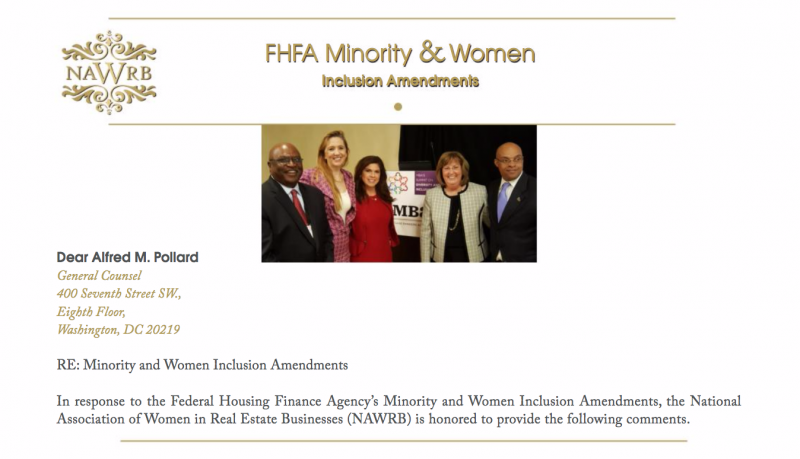
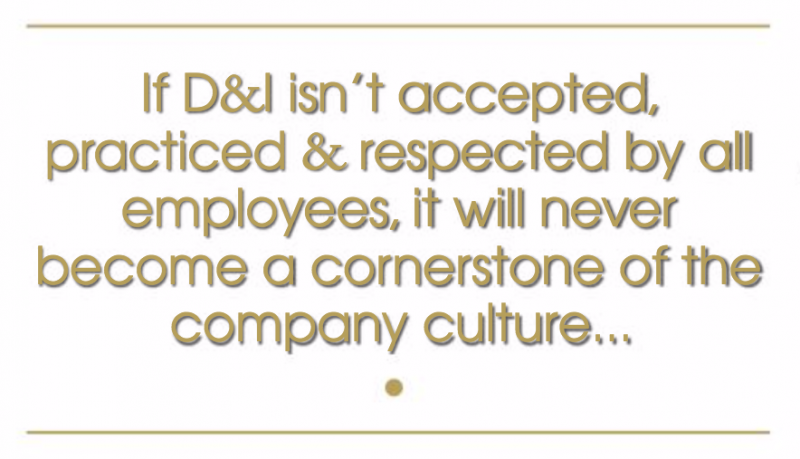 e:
e: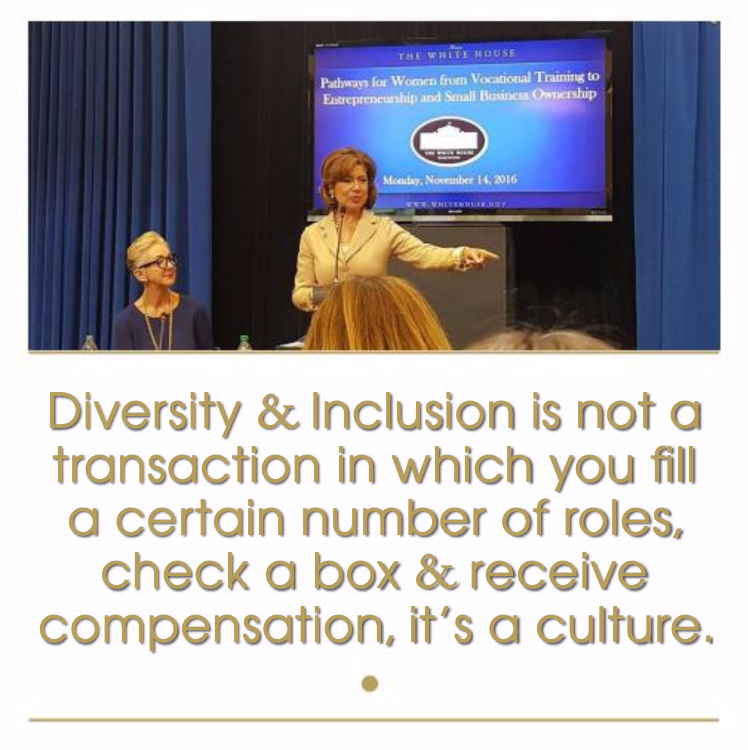 Diversity and inclusion is the right thing to do. An inclusive workplace is a better workplace, both in performance—as a recent Grant Thornton study reveals the opportunity cost for American S&P 500 companies lacking gender diversity in their boardrooms is $567 billion—and in company culture.
Diversity and inclusion is the right thing to do. An inclusive workplace is a better workplace, both in performance—as a recent Grant Thornton study reveals the opportunity cost for American S&P 500 companies lacking gender diversity in their boardrooms is $567 billion—and in company culture. Diversity and inclusion is not a transaction in which you fill a certain number of roles, check a box and receive compensation, it’s a culture. By not creating a system strictly reliant on metrics, entities can help employees better understand and connect to their D&I work.
Diversity and inclusion is not a transaction in which you fill a certain number of roles, check a box and receive compensation, it’s a culture. By not creating a system strictly reliant on metrics, entities can help employees better understand and connect to their D&I work.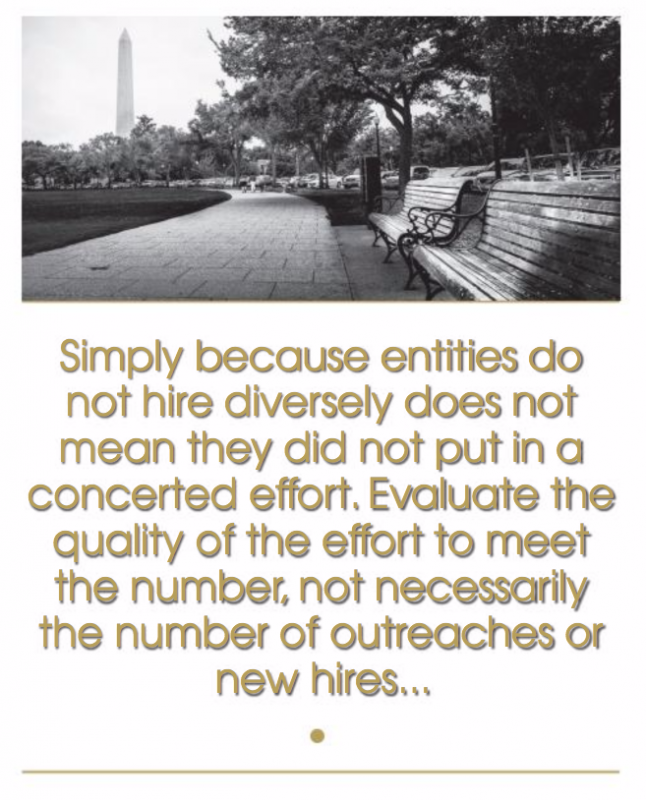 Further Suggestions
Further Suggestions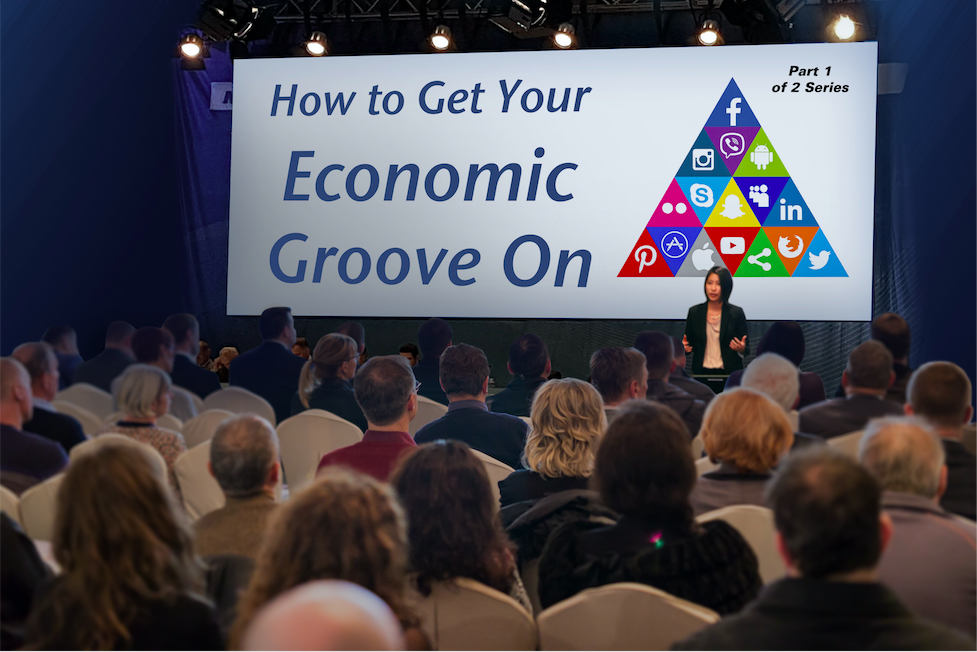
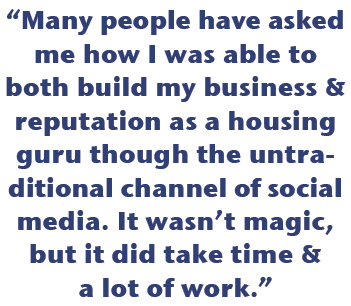 Many people have asked me how I was able to both build my business and reputation as a housing guru though the untraditional channel of social media. It wasn’t magic, but it did take time and a lot of work. If one is willing to put in the effort, any dedicated, reasonably intelligent person who is truly interested in their industry can do the same thing. The purpose of this article is to share my experience in building a social media presence and to provide a quasi-tutorial on how a real estate professional (be it an agent, broker, loan officer or anything in between), can learn to use the vast amount of data available on the internet to become a sought-after expert in their field.
Many people have asked me how I was able to both build my business and reputation as a housing guru though the untraditional channel of social media. It wasn’t magic, but it did take time and a lot of work. If one is willing to put in the effort, any dedicated, reasonably intelligent person who is truly interested in their industry can do the same thing. The purpose of this article is to share my experience in building a social media presence and to provide a quasi-tutorial on how a real estate professional (be it an agent, broker, loan officer or anything in between), can learn to use the vast amount of data available on the internet to become a sought-after expert in their field.

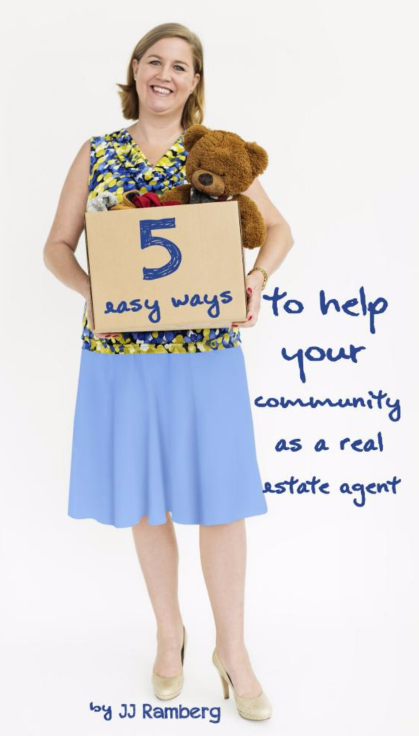 I remember as a kid when I ordered my first Ben & Jerry’s ice cream and when I bought my first body lotion from The Body Shop. Those were the moments when it became very clear to me that business and doing good could go hand in hand. From then on I was always incredibly interested in the idea of socially responsible businesses.
I remember as a kid when I ordered my first Ben & Jerry’s ice cream and when I bought my first body lotion from The Body Shop. Those were the moments when it became very clear to me that business and doing good could go hand in hand. From then on I was always incredibly interested in the idea of socially responsible businesses.
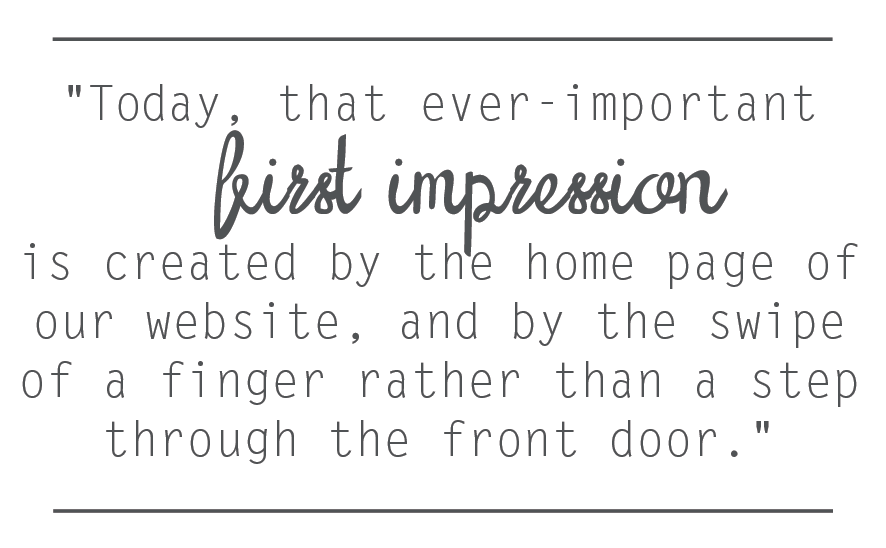

 each ticket purchaser, each sponsor, has to be invested in this because this is a long term investment in the future of where we all live, work and play,” Simmons explains. “And in order for that to happen, the ecosystem has to be able to sustain itself.”
each ticket purchaser, each sponsor, has to be invested in this because this is a long term investment in the future of where we all live, work and play,” Simmons explains. “And in order for that to happen, the ecosystem has to be able to sustain itself.”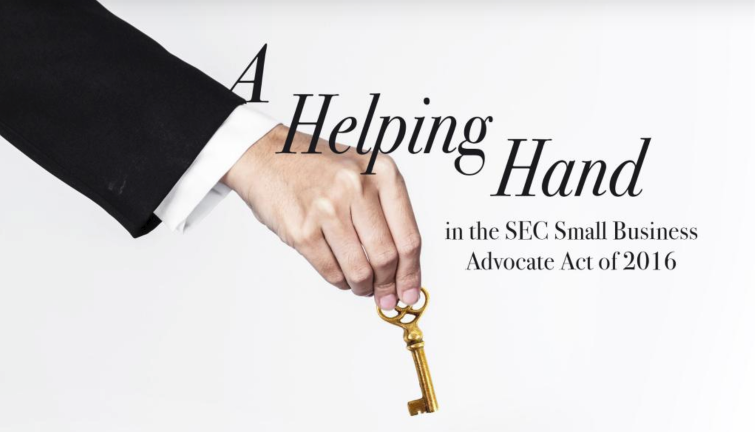

 Peter P. Lee, M.D., the Billy and Audrey L. Wilder Professor in Cancer Immunotherapeutics at City of Hope, has for two decades been interested in treating cancer by stimulating or enhancing a person’s own immune system. This approach, called immunotherapy, has gained much attention in recent years and Lee is a leader in the field. His outlook for 2017 is full of promise for a more personalized approach to breast cancer treatment.
Peter P. Lee, M.D., the Billy and Audrey L. Wilder Professor in Cancer Immunotherapeutics at City of Hope, has for two decades been interested in treating cancer by stimulating or enhancing a person’s own immune system. This approach, called immunotherapy, has gained much attention in recent years and Lee is a leader in the field. His outlook for 2017 is full of promise for a more personalized approach to breast cancer treatment.